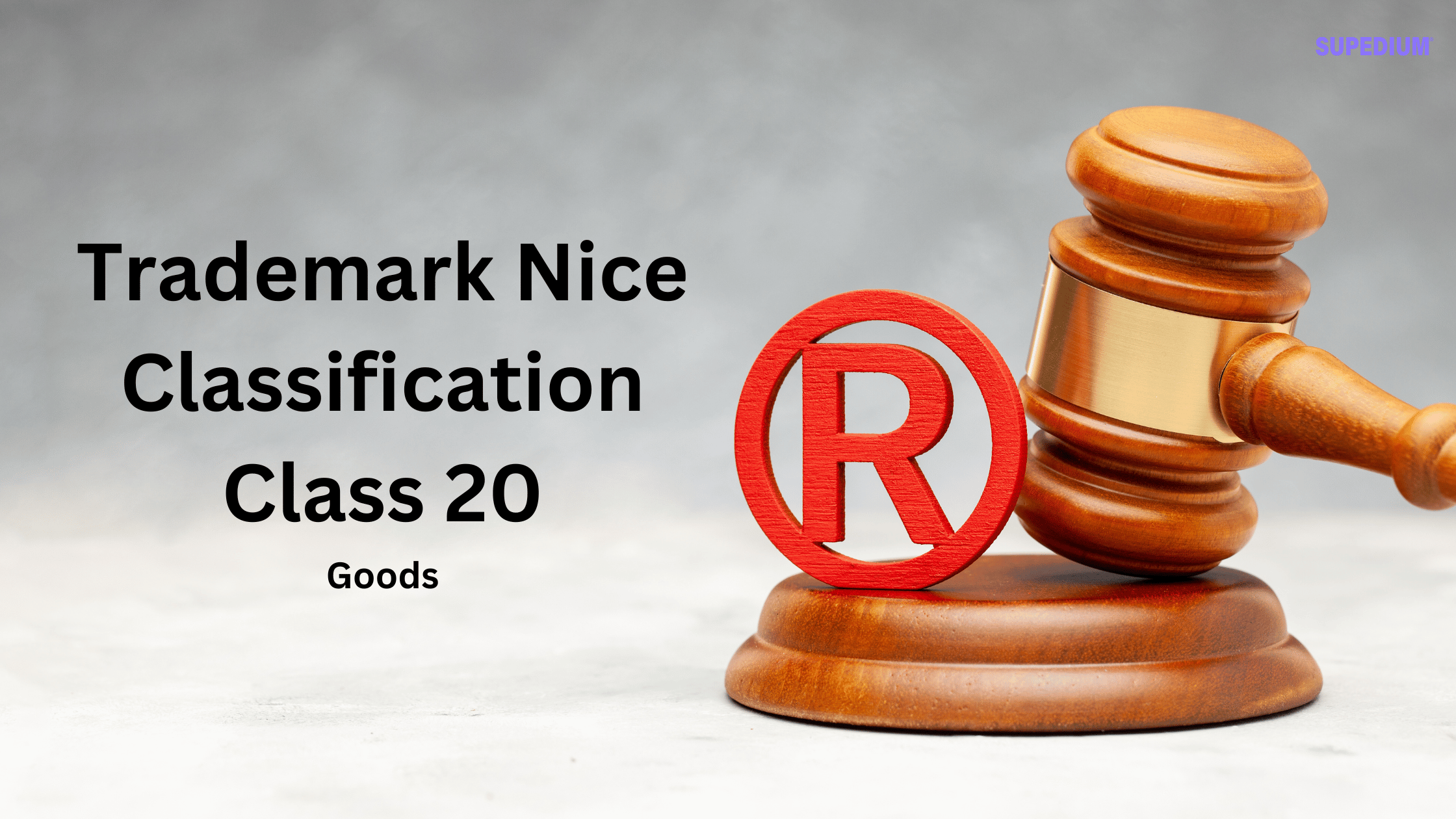Table of Contents
![]()
I. Introduction
The Trademark Nice Classification system is a crucial framework used internationally to categorize goods and services for the registration of trademarks. Among the 45 classes defined in this system, Class 20 is particularly significant for businesses involved in the production and sale of furniture and related items. This article aims to provide a comprehensive overview of Class 20, detailing the types of goods included, their implications for businesses, and the importance of proper classification in trademark registration.
II. What is Class 20?
Class 20 primarily encompasses furniture and its components, along with certain goods made from materials such as wood, cork, reed, cane, wicker, and various natural substances. This classification serves to streamline the trademark registration process by grouping similar products, making it easier for businesses to protect their intellectual property. Understanding what falls under Class 20 is essential for any business operating in this sector.
III. Main Categories of Goods in Class 20
A. Furniture and Parts
Class 20 covers a broad range of furniture types, including household items such as chairs, tables, cabinets, and beds. This category also includes parts for these items, allowing manufacturers to secure trademarks for components like legs, frames, and supports. The significance of furniture in daily life extends beyond functionality; it plays a vital role in interior design and personal expression.
B. Mirrors and Picture Frames
Mirrors and picture frames are another key component of Class 20. This category includes various types of mirrors, such as decorative mirrors and vanity mirrors, alongside picture frames used for displaying artwork and photographs. These items are not only functional but also enhance the aesthetic appeal of living and working spaces.
C. Non-Metal Containers
Class 20 also includes non-metal containers intended for storage or transport. These can range from boxes and bins to specialized storage solutions. Made from materials such as wood, plastic, or cardboard, these containers are essential for organizing personal and commercial spaces.
D. Natural and Synthetic Materials
This classification encompasses a variety of natural materials, including bone, horn, whalebone, amber, and mother-of-pearl, as well as substitutes like plastic. Understanding the materials involved is vital for businesses aiming to innovate or differentiate their products in a competitive market.
IV. Specific Goods Covered Under Class 20
A. Furniture for Specialized Uses
Class 20 includes furniture designed for specific purposes. This encompasses metal furniture, outdoor gear, gun racks, and newspaper display stands. These specialized items often cater to niche markets, providing tailored solutions for unique needs.
B. Bedding Items
The class also covers various bedding products, including mattresses, bed bases, and pillows. These items are critical for comfort and health, highlighting the importance of proper trademark registration in a highly competitive industry.
C. Small Hardware Items
Small items of hardware that are not made of metal, such as bolts, screws, dowels, and furniture casters, are also part of Class 20. These components play a significant role in the assembly and functionality of furniture, making their trademark protection equally essential.
V. Exclusions from Class 20
A. Items Not Covered
While Class 20 includes a diverse array of goods, certain items are explicitly excluded. This includes specialized furniture for laboratories (Class 9) or medical use (Class 10), outdoor blinds made of metal (Class 6), and specific types of mirrors used in optical goods or surgery.
B. Explanation of Class 20’s Limitations
The exclusions are important for businesses to understand, as they dictate the scope of protection available. Products that fall under other classifications, based on their function or purpose, must be registered separately, which can complicate the trademark registration process.
VI. Implications of Class 20 for Businesses
A. Importance of Proper Classification in Trademark Registration
For businesses operating within Class 20, understanding the nuances of trademark classification is essential. Proper classification can prevent potential legal issues and ensure that a business’s intellectual property is adequately protected.
B. Benefits of Trademarking Class 20 Goods
Trademarking products under Class 20 offers several benefits, including legal protection against infringement, enhanced brand recognition, and the ability to build a loyal customer base. By securing a trademark, businesses can prevent competitors from using similar branding, which can dilute their market presence.
C. Common Pitfalls and Considerations for Businesses
Businesses should be aware of common pitfalls, such as misclassifying their products or failing to register trademarks for all relevant goods. Consulting with legal experts in intellectual property can provide guidance on navigating the complexities of trademark registration.
VII. Conclusion
In summary, Class 20 of the Trademark Nice Classification system plays a crucial role in the protection and regulation of furniture and related goods. By understanding the types of products included, the implications of proper classification, and the importance of trademark registration, businesses can safeguard their intellectual property effectively. As the market for furniture and home goods continues to grow, understanding Class 20 will be vital for any business seeking to thrive in this competitive landscape.
Share This





Be the first to comment